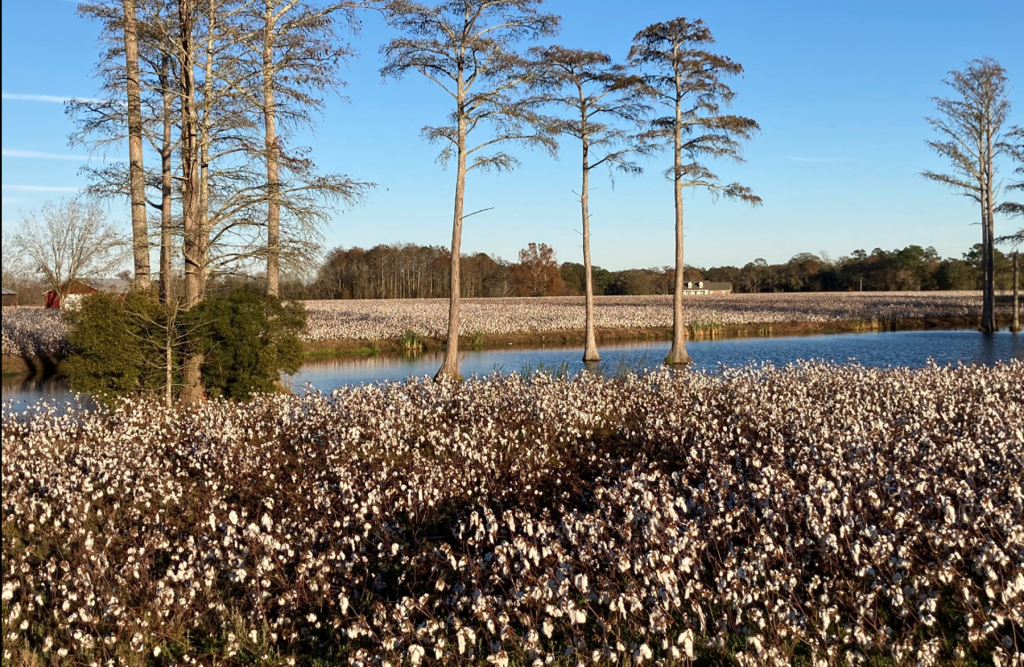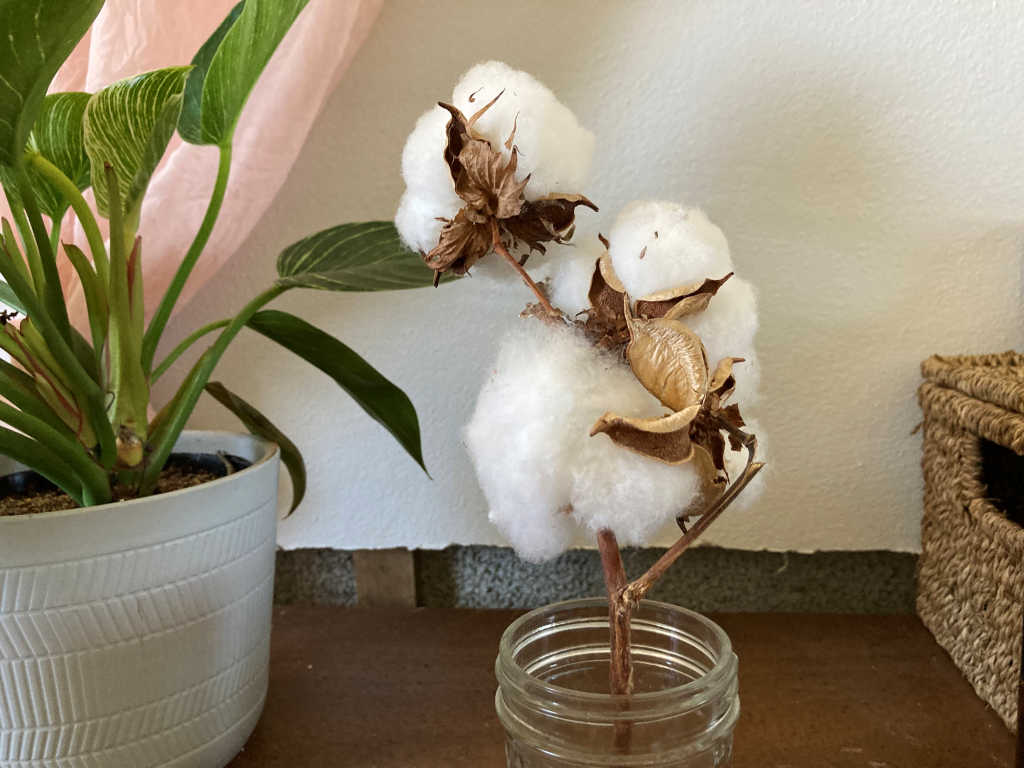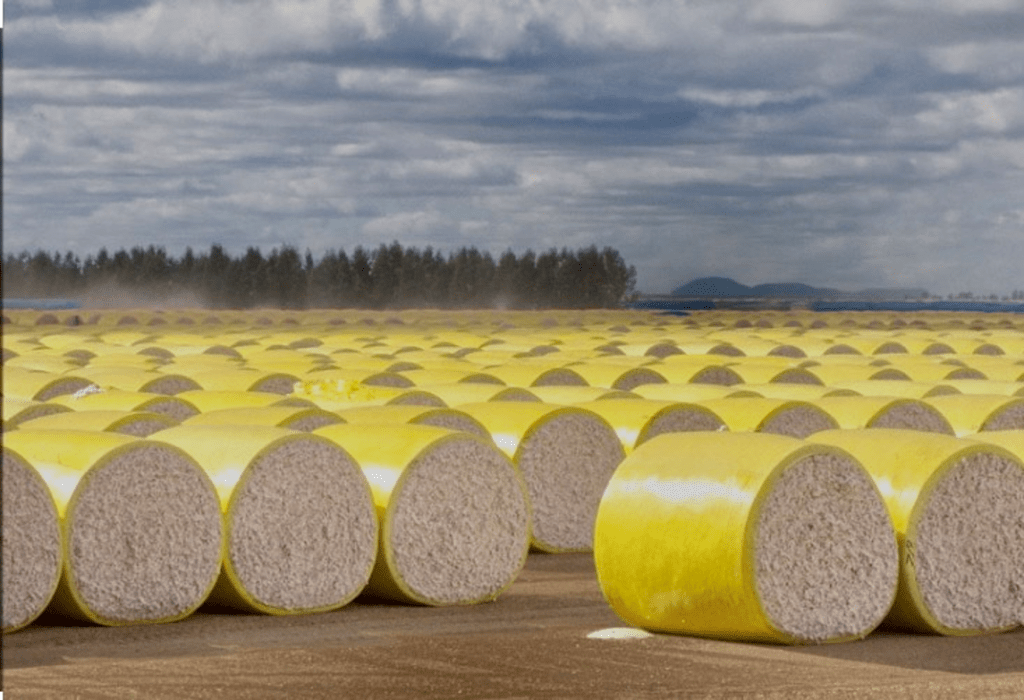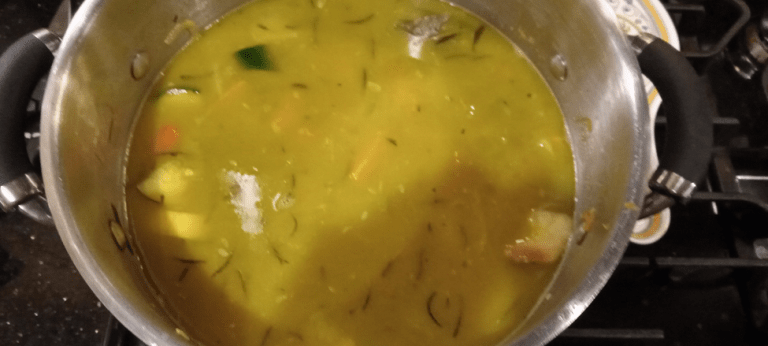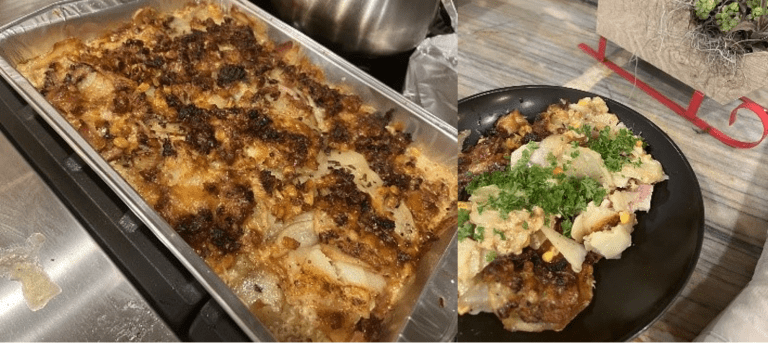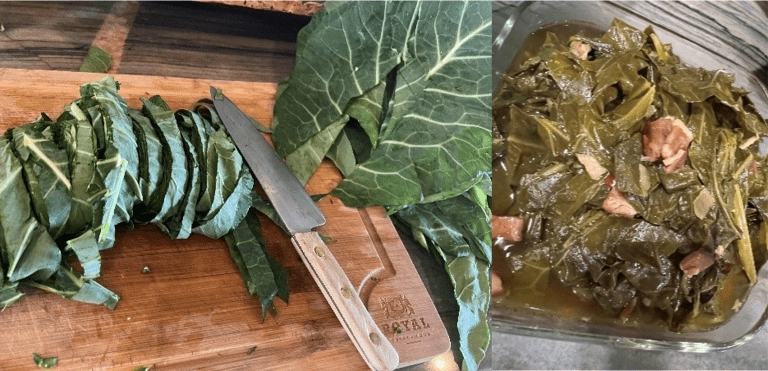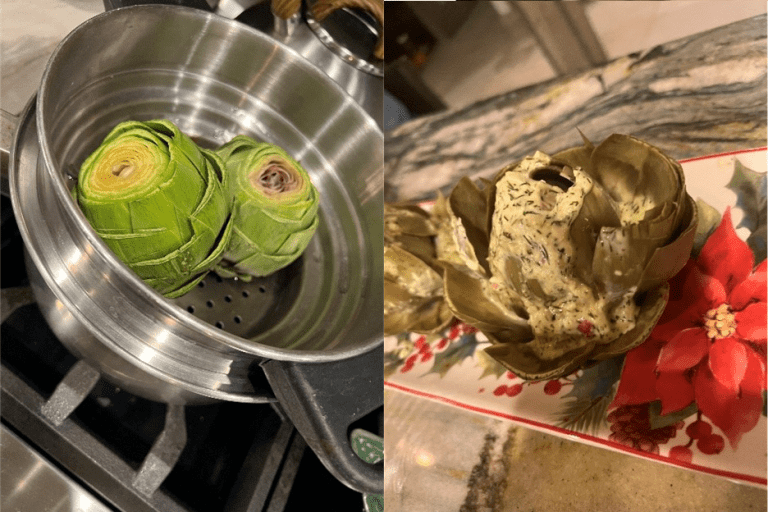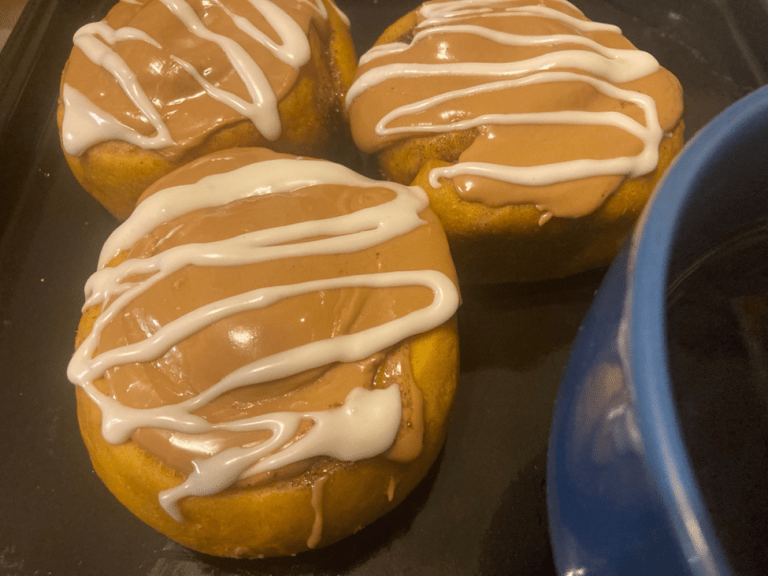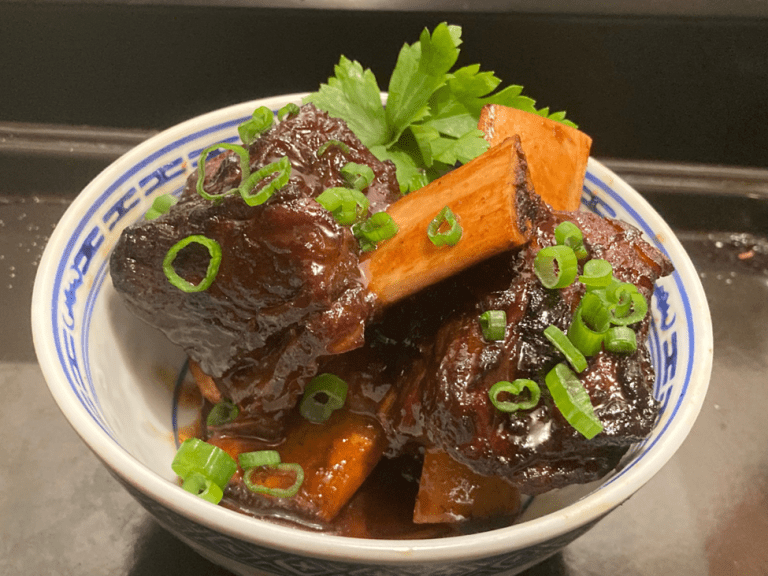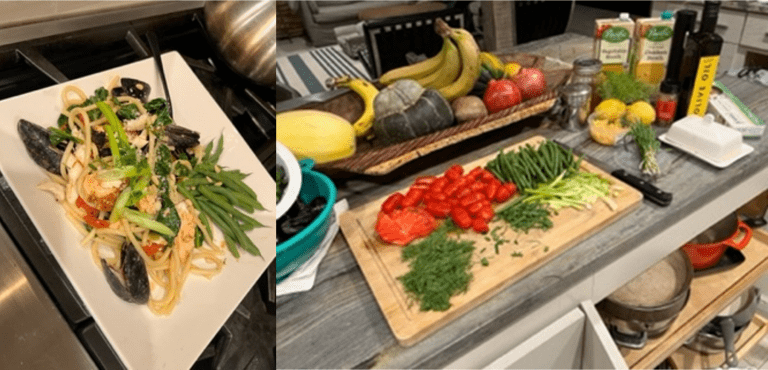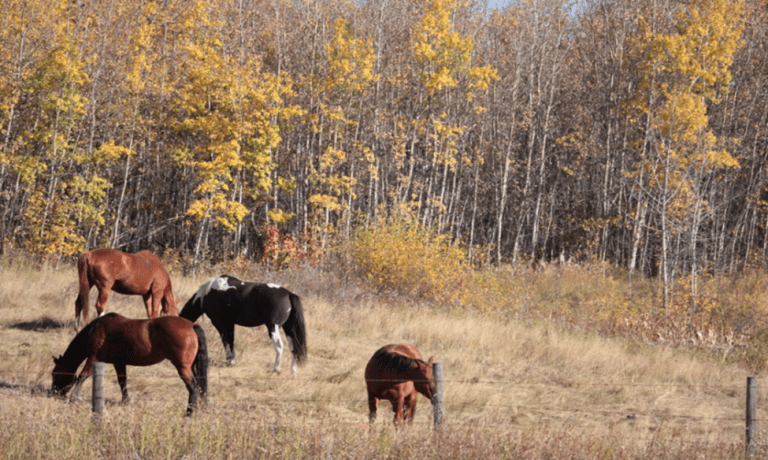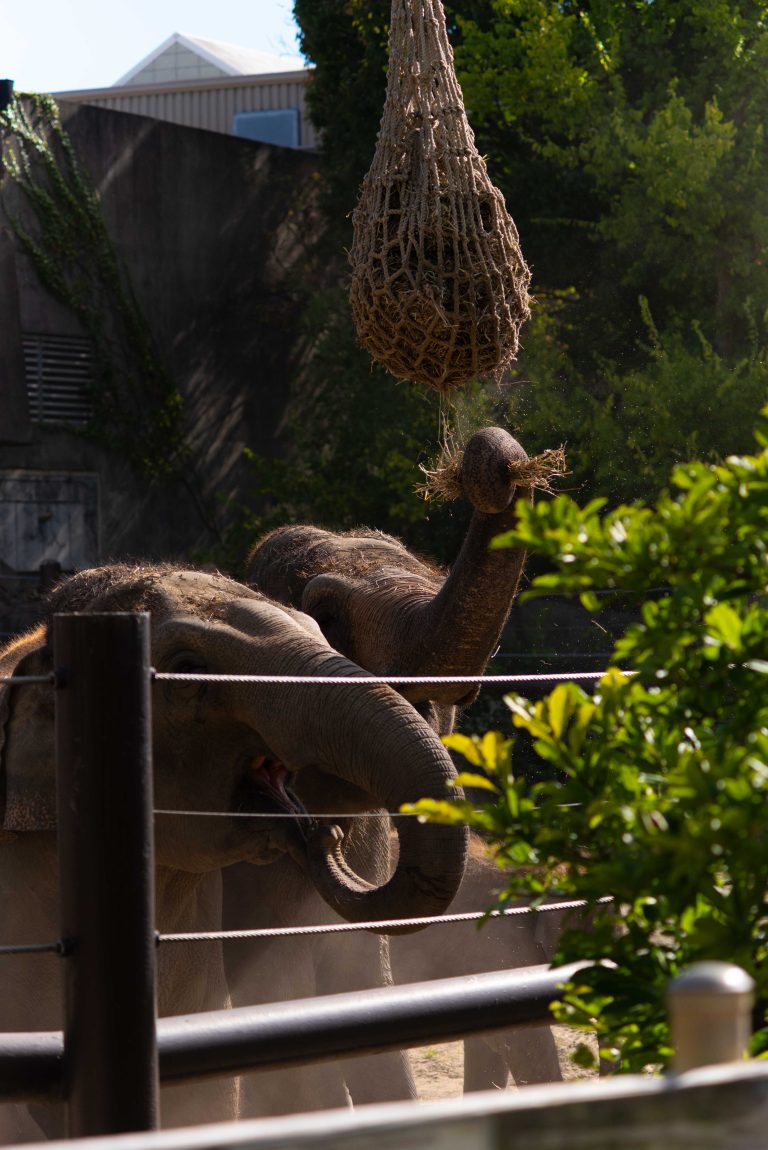- History of Cotton production in the USA
- Introduction of BT cotton
- Effects of BT cotton crops
- Organic cotton producers
It was only recently that I saw my first in person cotton fields while I was traveling in the Southern United States.
Magical plots of white fairy looking bulbs drape the terrain as one whisks by the fields.
Come fall time the harvest is ready after a long warm humid summer. In order for cotton to flower it needs over 70 days of warm weather (over 60 degrees). Furthermore 50 days are needed before it forms seed pods, which is what the cotton will burst out of when it is time.
Originally a Florida crop in the 1500’s, the cotton industry spread throughout the southern and midwestern states. The US became the number producer of cotton and remained that way through the 1800’s.
Historically we saw the fall of the cotton industry after the civil war, additionally the migration of the boll weevils from Mexico devastated the US industry.
The warm climate combined with the abundance of cotton fields made it ripe to host the bollworm/boll weevil pest. Cotton’s number one intruder in fact lives in the plant during 3 of its 4 phases, thus making it difficult to control. It consumes the cotton leaving far less yield for the farmer.
Because cotton is such an important crop, in 1993 we saw the introduction of BT cotton, Bacillus Thuringiensis, a gene encoding toxic crystal inserted into the DNA of the cotton plant to combat these little rascals.
The BT strain attacks the gut of the pest, and triggers an immune response. It is not well understood exactly what happens, however I can imagine it is similar to what we see in humans when there is a self attack, thus resulting in autoimmunity.
Today, sadly over 90% of the cotton produced is GMO cotton. With its encoded DNA we have lost a lot of the natural strain. And we have seen some implications that are concerning. Farmers have allergic reactions to the strains.
Many are also familiar with Monsanto and their ill treatments of farmers. Today India and China are now the top producers of cotton.
I am not sure if you have noticed, however the new strain is just not the same. It’s a thinner and less durable end product. Clothes seem to not hold up like they once did. This is one reason I seek out used clothes and buy from resale shops.
That and the great value, plus I don’t want look like the next gal cruising by. I also look for companies who are producing a natural organic option so I can get the quality and richness of the original natural cotton plant.
Red Land Cotton is a family owned, made in America company out of Alabama. CottonMill, another family operated business brings us beautiful quality from the Northern US in Pennsylvania.
So next time you find yourself in the south during autumn, you too can appreciate the cotton scenery and reflect on its history and importance in the world.
